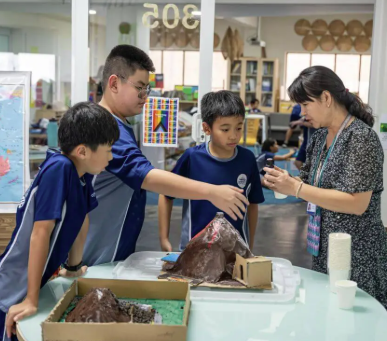Creating a personalized learning culture is more than implementing individual lesson plans—it involves reshaping the entire learning environment to support student-centered growth. This shift empowers students to become active participants in their education while fostering collaboration, creativity, and self-direction across the classroom and school community.
Understanding Personalized Learning Culture
A personalized learning culture emphasizes learning experiences that adapt to each student’s needs, goals, and preferences. It encourages agency, values student voice, and aligns instruction with both academic standards and personal relevance. Schools that cultivate this culture don’t just personalize content; they foster a mindset that learning is a shared, evolving journey.
Key Steps to Building a Personalized Learning Culture
1. Establish a Shared Vision
The first step in creating a personalized learning culture is building a collective understanding among educators, administrators, and students. A shared vision sets clear goals and values, helping align efforts across classrooms. School leaders should work with teachers and students to define what personalization means in their context and how it supports learning.
2. Empower Educators as Designers
Teachers play a central role in shaping personalized learning environments. Provide professional development and collaborative opportunities that encourage educators to design flexible pathways, assess individual progress, and use data to inform instruction. When teachers feel supported and trusted, they become catalysts for student ownership.
3. Center Learning Around Student Voice and Choice
A strong personalized learning culture values student input. Encourage students to make decisions about how they learn, what goals they set, and how they demonstrate mastery. This involvement increases motivation and fosters a deeper connection to the content.
4. Integrate Technology Thoughtfully
Digital tools can enhance personalized learning when used with intention. Platforms that allow for differentiated instruction, progress tracking, and content customization support a more adaptable and student-driven experience. However, the focus should remain on relationships and learning, not just technology.
5. Promote Reflection and Growth
Ongoing reflection is a hallmark of personalized learning. Create regular opportunities for students and teachers to reflect on what’s working, what’s challenging, and how adjustments can be made. Reflection helps reinforce a growth mindset and ensures continuous improvement.
6. Involve Families and Communities
A culture of personalized learning extends beyond the classroom. Engage families in goal-setting conversations and share tools that support learning at home. Partnering with the wider community builds consistency and strengthens support for each student’s success.
Final Thoughts
Building a personalized learning culture takes time, intentional planning, and a commitment to student growth. When everyone—educators, students, and families—works together, schools can create environments where learning is flexible, relevant, and empowering.
Through a shared vision, thoughtful practice, and responsive instruction, educators can help all learners thrive in a system designed around their strengths and aspirations. In such a culture, students don’t just complete assignments—they grow into lifelong learners.














